Microsoft Research creates a physical programming language for visually impaired children
2 min. read
Updated on
Read our disclosure page to find out how can you help MSPoweruser sustain the editorial team Read more

A group of Microsoft researchers from Cambridge lab has created what they are calling a physical programming language for the visually impaired kids to physically create code by connecting pods together to build programs. This research project is named Project Torino, it will help in teaching computational thinking skills and basic programming concepts to children age 7-11 inclusive of children with visual disabilities.
Working in pairs or alongside, children plug together beads to create code that produces music or stories. Utilising the curriculum exercises provided, children build up an understanding of code and computation concepts. Advanced students can use an accompanying digital interface to transition from the physical code to the digital code. This enables students to move onto mainstream programming tools with a strong understanding of the foundational concepts of computing.
Microsoft Research is working with the Royal National Institute for the Blind to provide 100 children the opportunity to use the physical programming language in a beta trial starting in Autumn 2017.
A project like this can serve two goals: Technology companies say they are struggling with a “digital skills gap” that is leaving them without enough engineers and coders to meet their needs, and experts say it can be difficult for visually impaired people to find meaningful, accessible career paths.
Read more about this project here.
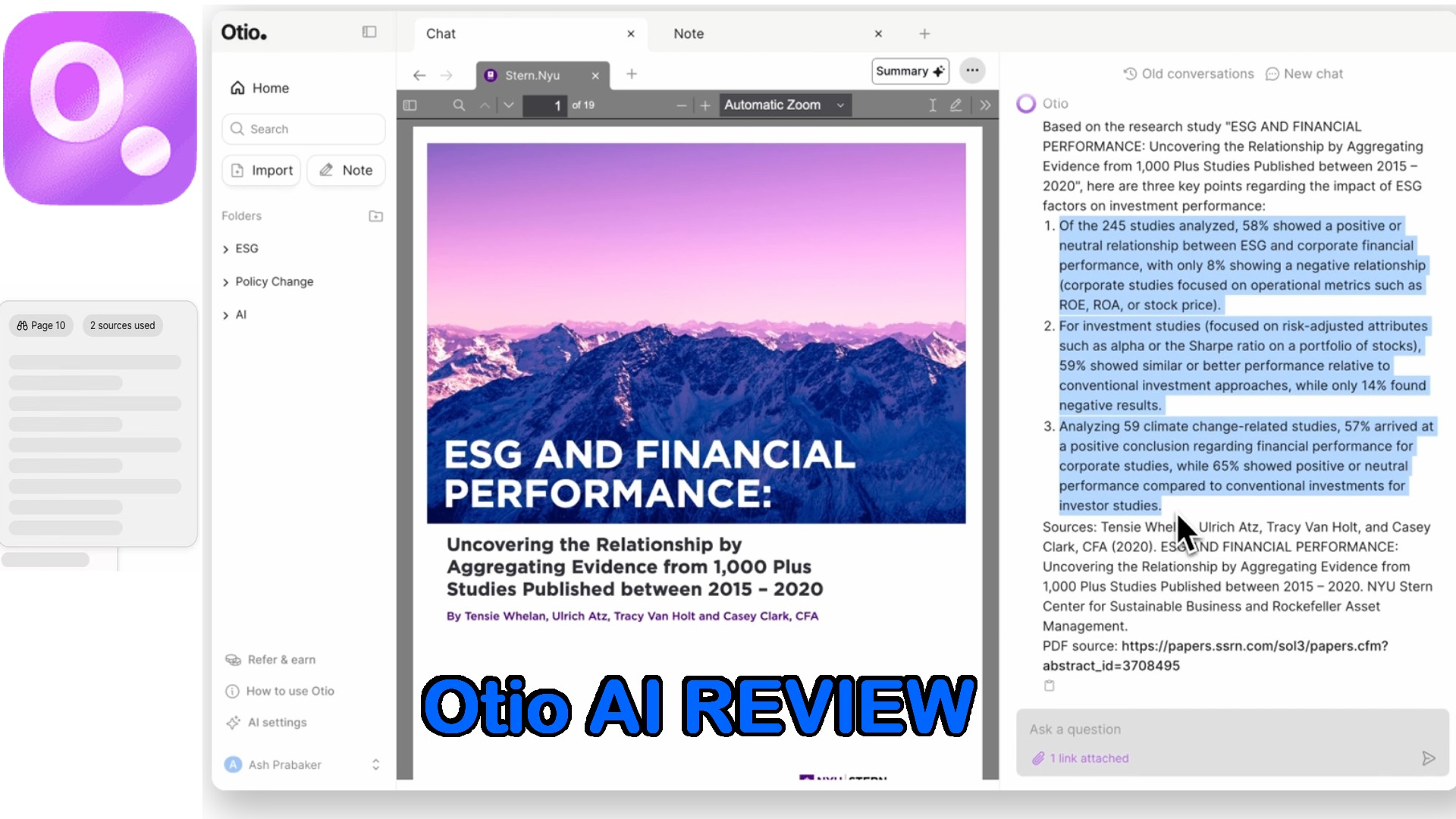
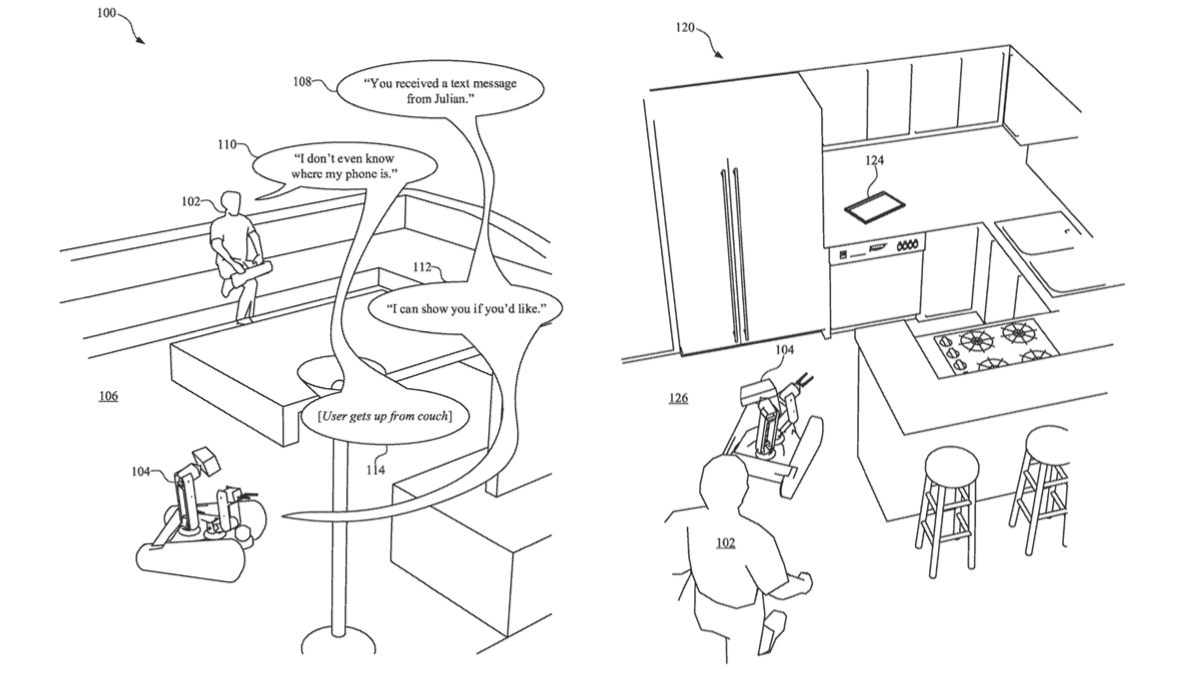
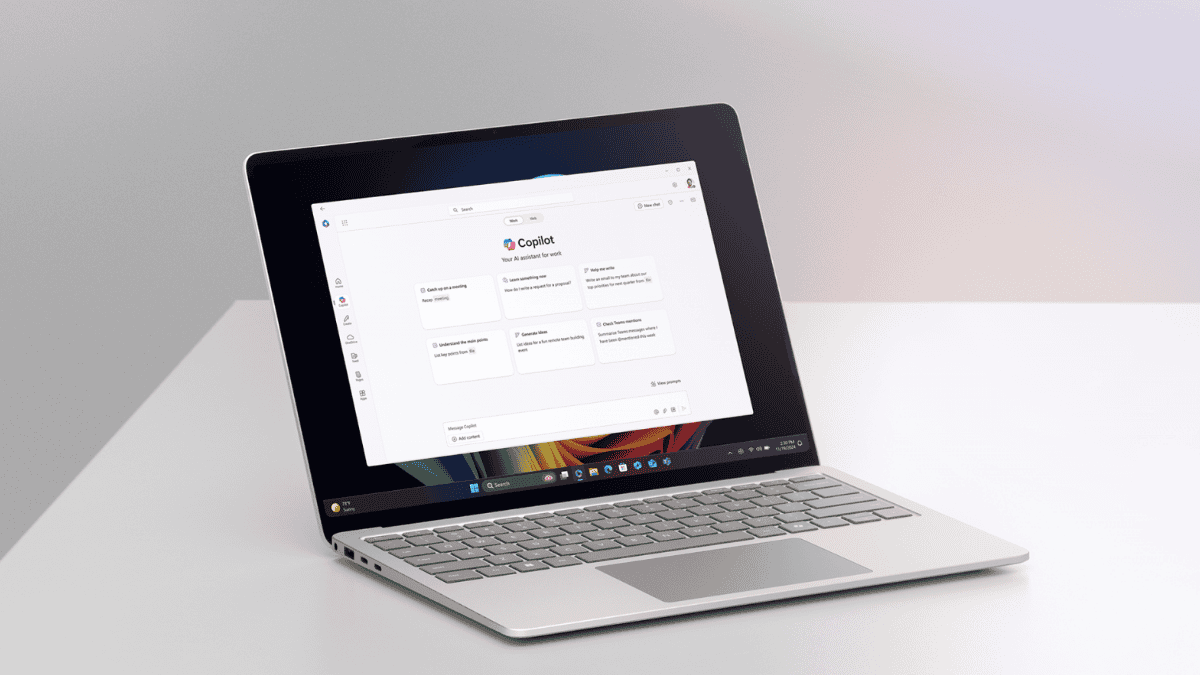
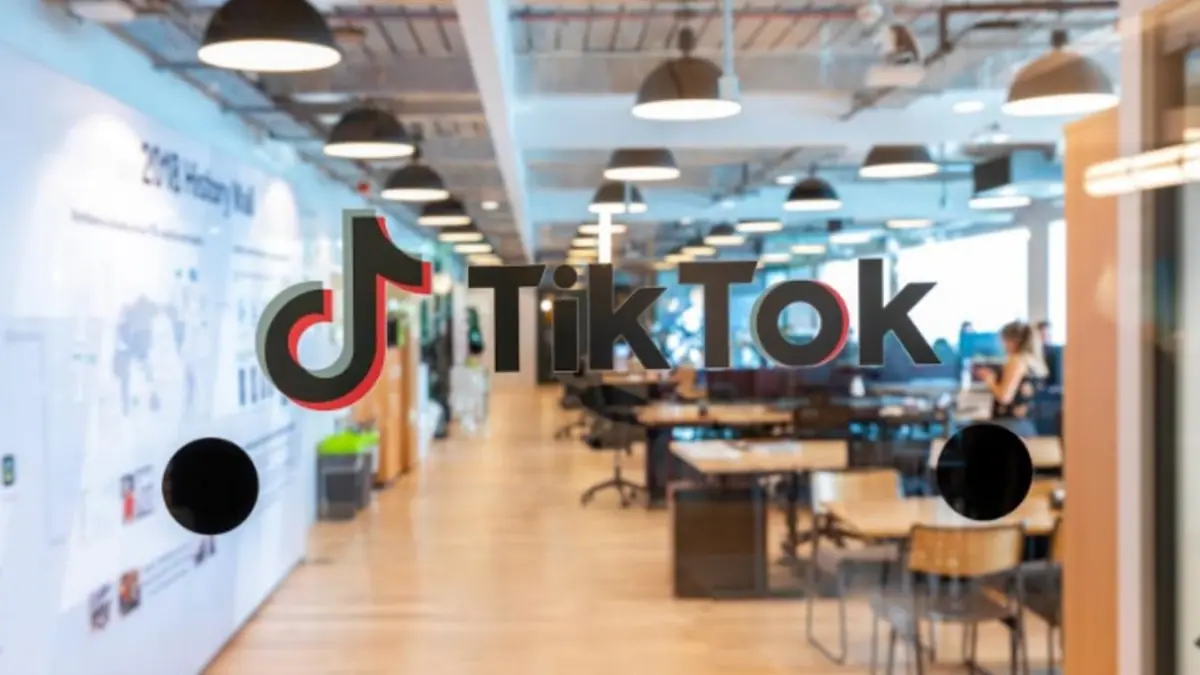
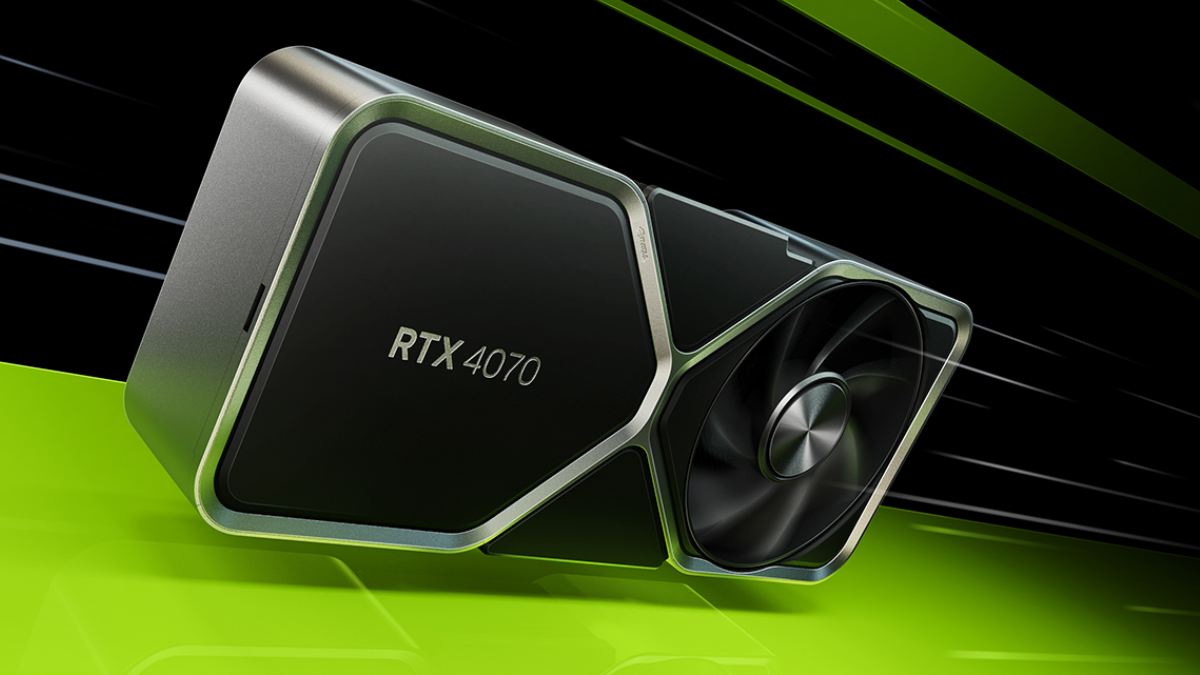
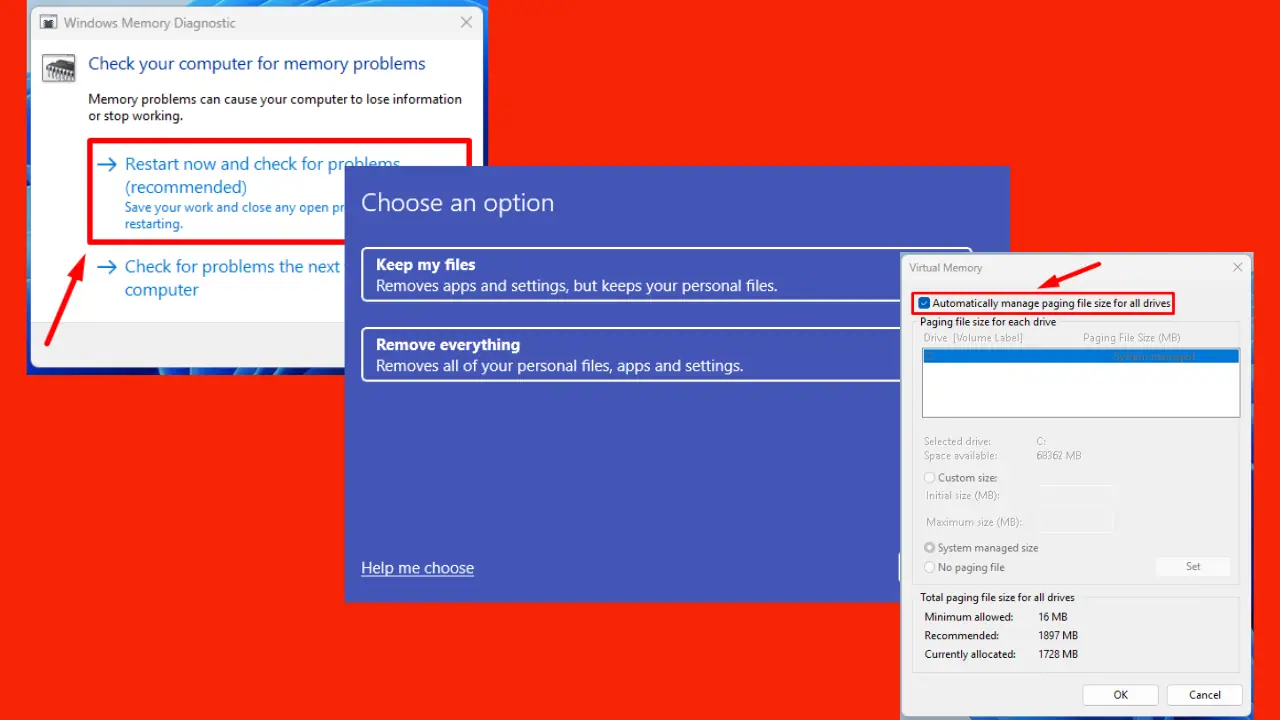

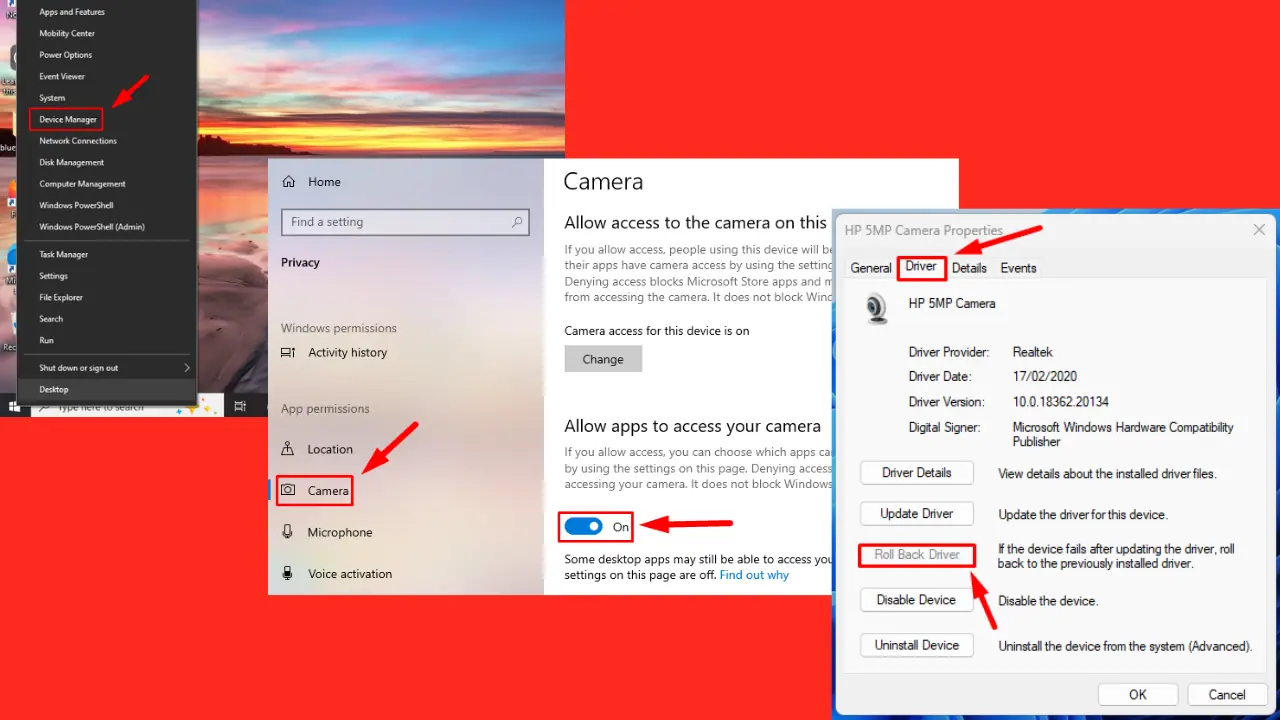
User forum
0 messages